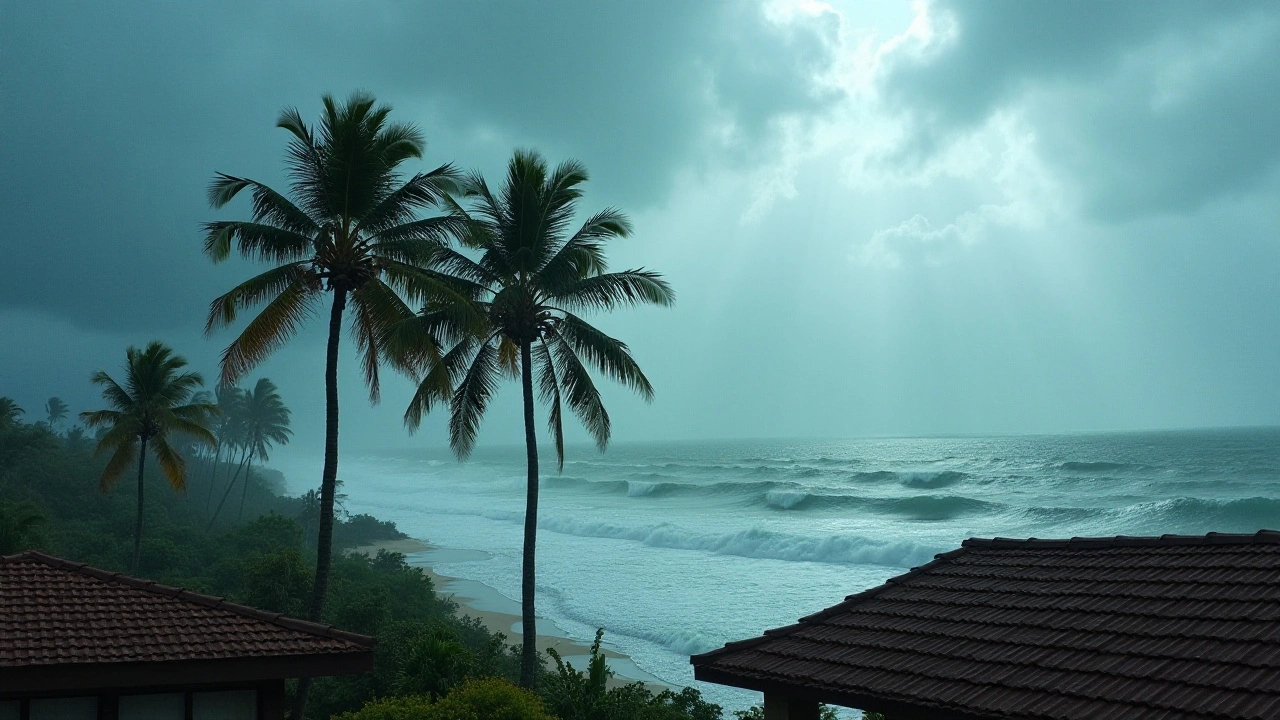Weather Impact: How Weather Shapes Sports and Events
Weather plays a bigger role in sports and events than most people realize. Whether it’s a sudden downpour, extreme heat, or wind, these factors can change how games are played, how players perform, and even if an event happens at all. Let’s take a closer look at some real-world examples and understand why weather impact is a crucial part of sports and event planning.
For instance, consider a cricket match where rain or excessive humidity can delay play or make the pitch unpredictable. Even in baseball or football, strong winds can affect ball trajectories, turning what seemed like a sure goal or home run into a miss. These weather changes don’t just affect players but also fans and organizers, who must react quickly to keep the event safe and enjoyable.
Weather’s Role in Scheduling and Strategy
Event planners now keep a close eye on weather forecasts well in advance. They schedule matches and games to avoid expected storms or extreme heat to protect players from injury and fans from discomfort. Coaches use current weather conditions to adjust their strategies — like changing player lineups or altering play style to match the situation. In football, a wet pitch might slow down fast players but benefit teams focusing on strong defense and close passing.
Why You Should Care About Weather Impact
Whether you are a player, coach, organizer, or fan, understanding weather impact can enhance your experience. For fans, it means being prepared with the right gear or knowing if an event might face delays. Players and coaches get insight into why some matches feel different or why certain players perform better under specific conditions. For event organizers, anticipating weather helps avoid cancellations and ensures safety protocols are in place.
Next time you watch a game or attend an event, think about the weather conditions and how much they shape what you’re seeing. It’s more than just background noise — weather actively changes the game.
Southern Africa Braces for Cyclone Chido's Impact with High Waves and Intense Rainfall
Cyclone Chido, a tropical storm, threatens Southern Africa, affecting millions in Mozambique, Malawi, and the Comoros. With Mayotte already hit, Mozambique prepares for landfall with a red alert while Malawi braces for remnants. Intense storms and high sea waves up to 10 meters are predicted, prompting emergency response and humanitarian efforts across the region.
More
